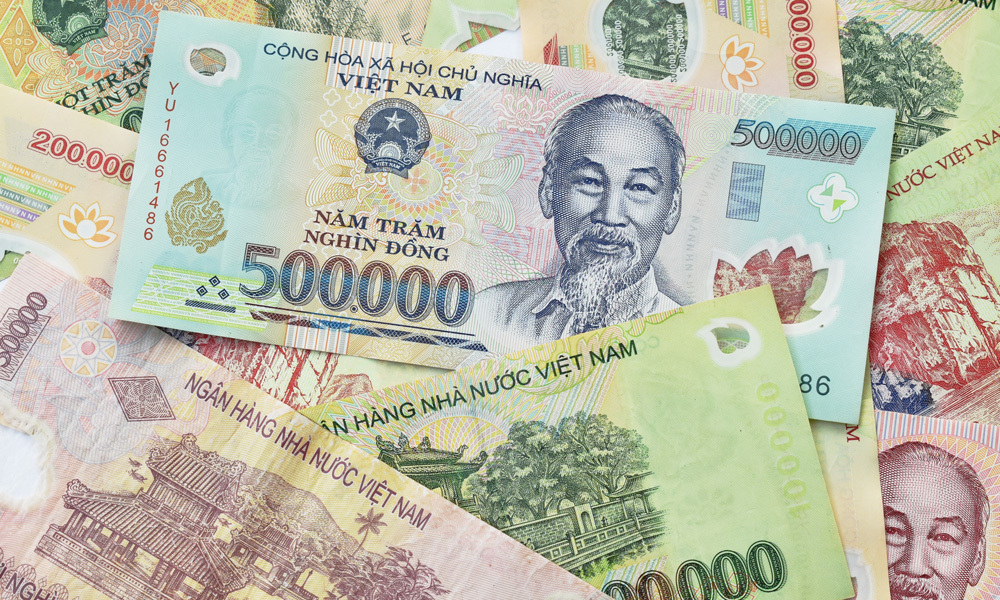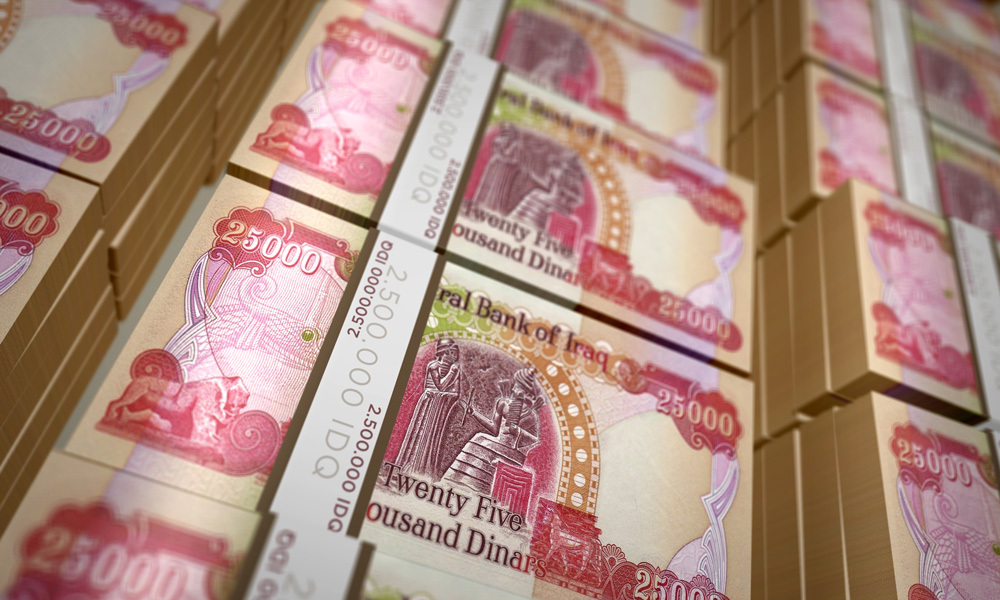A coin is a coin, no? Not necessarily, and knowing the differences among various coin-like objects is a step on the road to becoming a true numismatist. Plus, it can keep you from making buying mistakes.
Here’s a look at what is and isn’t a coin.
Coins
True coins are official state money with a specific value, typically stated on the coin itself. Until the mid-20th century that value usually corresponded to the coin’s specie, or bullion, value. A silver dollar had a dollar’s worth of silver in it.
That changed when the price of precious metals like silver and gold rose to the point that the bullion value of the coins exceeded their face value. By the middle of the 20th century most coins no longer contained any precious metal and were made of inexpensive alloys that maintained the look of the previous coins. US “silver” coins made of nickel-clad copper are an example. Since their metal value no longer represents their face value, they are “fiat” coins, worth only what the issuing government says they’re worth, similar to paper money that’s not convertible into precious metal reserves.
Legal Tender Bullion Coins
Bullion “coins” are often replicas of historic coins or special issues that have a face value stated on them. It may be the coin’s original value or another arbitrary amount. For instance, the US $10 Gold Eagle issued up to 1933 contained just over ½ ounce of gold, worth roughly ten dollars at the time.
Today’s ½-ounce Gold Eagle coins sold by the US Mint have a face value of $25 and are legal tender at that amount. Of course you’d be foolish to spend it that way because the gold in the coin is worth over $600 at current prices. Similarly, the 1 oz. silver American Eagle has a face value of one dollar but has about $12 worth of silver in it. The stated face value technically makes it a coin, but these coins are intended to be collectors’ items rather than used as money and sell for considerably more than their bullion value—about $800 in the case of the half-ounce Gold Eagle coin. In reality these “coins” are more akin to “rounds,” the term for investment-grade products (see below).
Medals
Medals are metallic objects issued to commemorate an individual or event. Sometimes the term medallion is used to describe items larger or differently shaped than typical coins. They may be made of any metal, from gold and silver to base metals like copper, brass, tin, or pewter. They may take the form of coins and can be issued by governments or private concerns but they’re not legal tender nor do they have a face value stated on them. Examples include Olympic gold medals (which are no longer pure gold) and inauguration medals issued by presidential campaign committees.
Tokens
Most of us are familiar with bus and subway tokens, but many others have been issued over the years, usually by private businesses or governments to encourage the use of their products and services. They may be purchased outright or sometimes have been given in change by merchants in lieu of legal coins, especially when government coins may have been in short supply. They may represent a specific amount of money or simply an admission fee or other tangible good or service and may or may not be redeemable for cash. Casino chips are another form of token and may be redeemable only at the issuing business. So are wooden nickels.
Rounds
Rounds are coin-like objects typically issued as fixed amounts of bullion. They carry no denomination but have the amount and purity of metal stamped on them instead. While government mints may call their bullion coins coins, similar products made by private mints are properly called rounds.
Rounds can be made of any metal, designs can vary from simple to elaborate, and are intended as investments in precious and semi-precious metals rather than as collectables. They typically sell for a slight dealer markup over the spot price of the metal.
Technically, the bullion coins made by the US Mint are rounds, too, but they’re The Mint, so they can call them whatever they want. US Mint bullion coins are not sold to the public but to registered dealers only.
Collecting Medals, Tokens, and Bullion
The US Mint has several medal series including bronze and silver Presidential Medals as well as replica Gold and Silver Eagles and bullion “coins.” Other medals and tokens are available from private dealers and collectors. Many offer unique insights into history and some are quite valuable. You can learn more about the subject from numerous sources on the internet and libraries and from affinity groups like the Medal Collectors of America.
The Great American Coin Company offers uncirculated American Gold Eagles and other US bullion coins at attractive prices. They’re just some of the many ways we serve collectors and investors around the world. Visit our website, greatamericancoincompany.com, for more information. And be sure to check back often as our selections are constantly changing.


